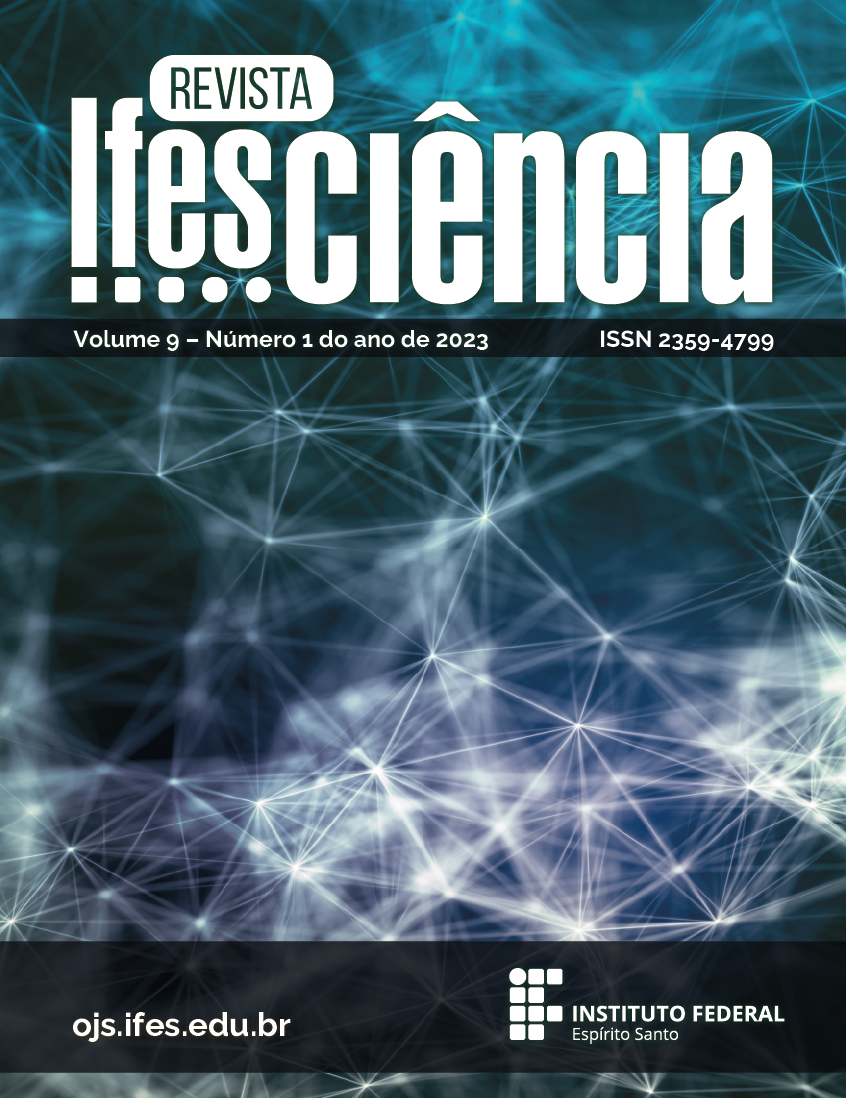USE OF GIS FOR GENERATION OF MAPS WITH THE AVERAGE LOCATION OF UMBU (Spondias tuberosa) IN THE NORTHWESTERN EDGE (B) OF THE MUNICIPALITY OF SÃO FRANCISCO, SÃO FRANCISCO RIVER WATERSHED, MG.
DOI:
https://doi.org/10.36524/ric.v9i1.2036Keywords:
Bacia do Rio São Francisco, Sensoriamento Remoto, Métodos e Técnicas de Auxílio à Decisão, CerradoAbstract
The responsible management of natural resources is undoubtedly one of the greatest challenges of environmental management. In the case of Umbu (Spondias tuberosa), this is no different, given that it is one of the most useful fruits in the Brazilian hinterland. For this, techniques associated with the Geographic Information System have been increasingly used, aiming at better and greater decision support. On the Northwest bank (B) of the municipality of São Francisco, North of Minas Gerais, the present study was carried out, aiming, through the methodology of overlapping cartographic images and using the IDW tool of the Arcgis 10.2 software, to generate a map capable of present the average population of Umbu (Spondias tuberosa) per collection point. It can be concluded that the overlapping mapping carried out in this study presents the vegetation basically throughout the entire margin B, with the exception of the north and south margins. Its distribution can be explained due to its enormous adaptability to survive in situations of water stress, which explains its presence in all types of soil in the area. It is noteworthy that this high adaptation of the species can be thought of as a decoy for initiatives capable of producing Umbu on a large scale, given the high added value of its final products and the capacity to generate direct and indirect jobs in the region.
Downloads
Published
Issue
Section
License
Copyright (c) 2023 Revista Ifes Ciência

This work is licensed under a Creative Commons Attribution-NonCommercial-NoDerivatives 4.0 International License.
Autores que publicam nesta revista concordam com os seguintes termos:
- Autores mantém os direitos autorais e concedem à revista o direito de primeira publicação, com o trabalho simultaneamente licenciado sob a Licença Creative Commons Attribution que permite o compartilhamento do trabalho com reconhecimento da autoria e publicação inicial nesta revista.
b. Autores têm permissão e são estimulados a publicar e distribuir seu trabalho online (ex.: em repositórios institucionais ou na sua página pessoal) a qualquer ponto antes ou durante o processo editorial, já que isso pode gerar alterações produtivas, bem como aumentar o impacto e a citação do trabalho publicado (Veja O Efeito do Acesso Livre).



